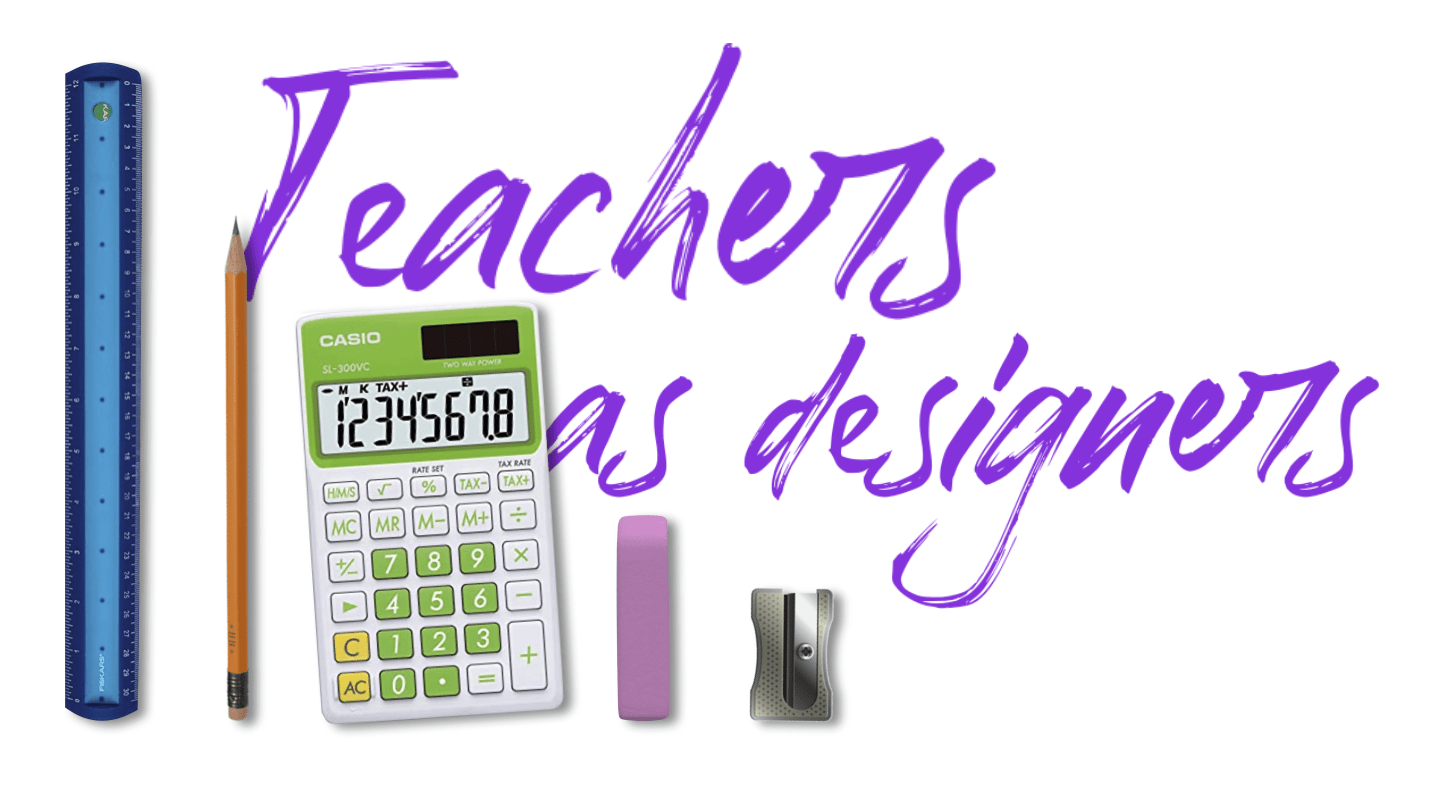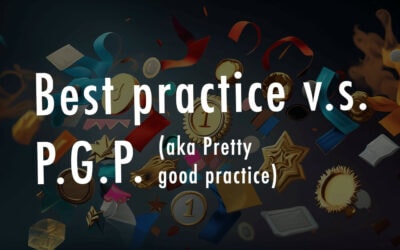The recent (and ongoing) evens in Iran sadden me deeply… but also give me hope. The scenes and news emerging from there speak of courage and a need and demand for freedom. What is also amazing has been the use of technology particularly twitter to get news out of the country.
A few decades ago it was audio-cassette technology that led to the fall of the Shah of Iran. Ayotollah Khomeni had been exiled to France and his speeches would be secretly smuggled into Iran – where an informal underground network of people would dub and re-dub these tapes and pass them around. New technologies lead to new ways of sharing information, new ways to mobilize.
My heart goes out to these protesters as I obsessively track news coming out of Iran. The two best sources of news on this are Andrew Sullivan’s Daily Dish and The Lede of the NYTimes. Or better still follow the incoming Twitter-feeds collected here.




0 Comments